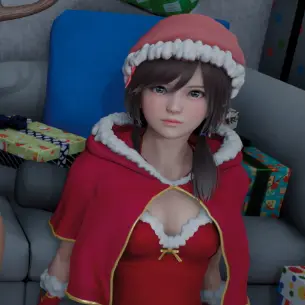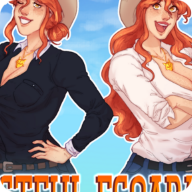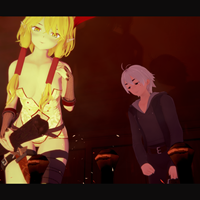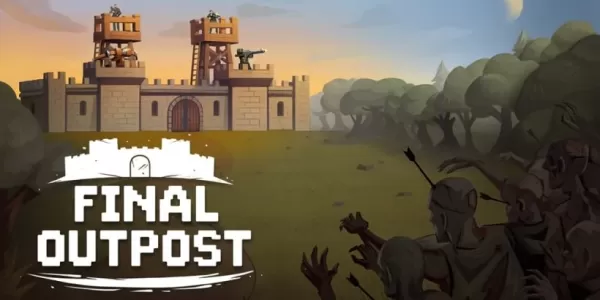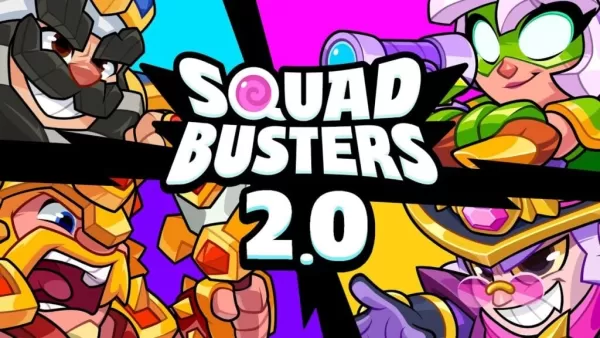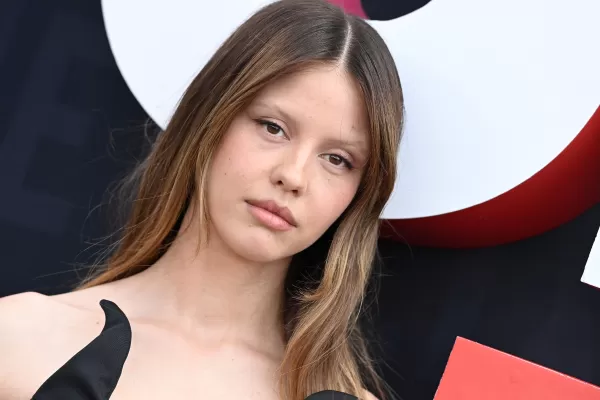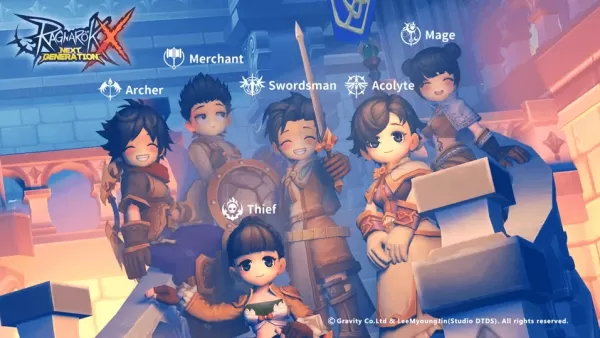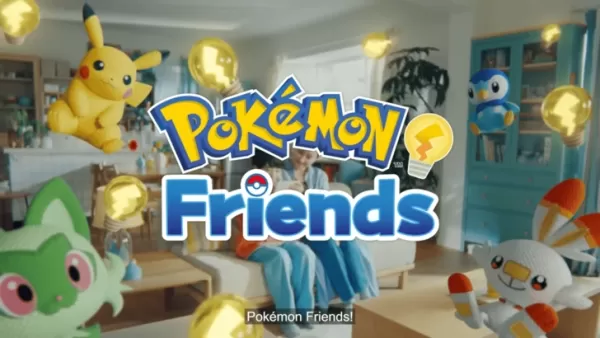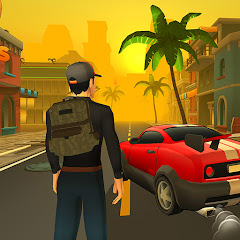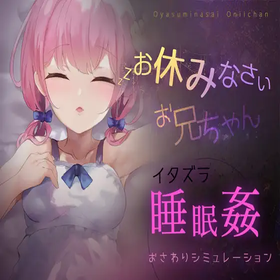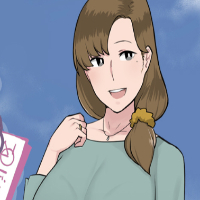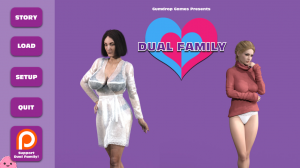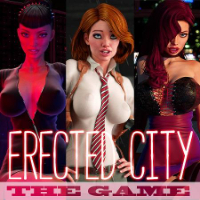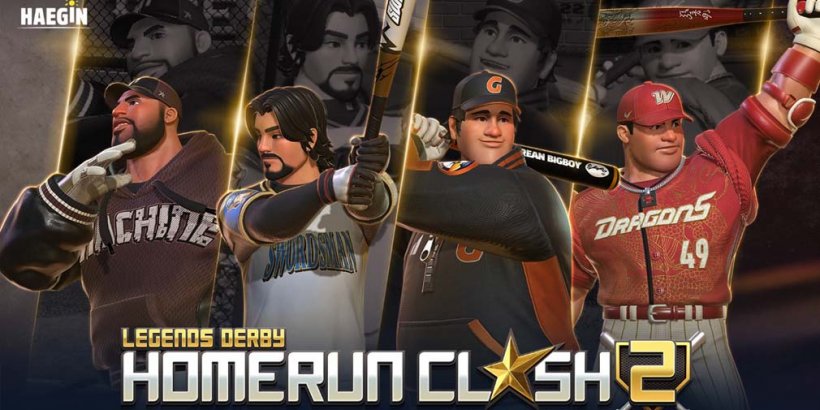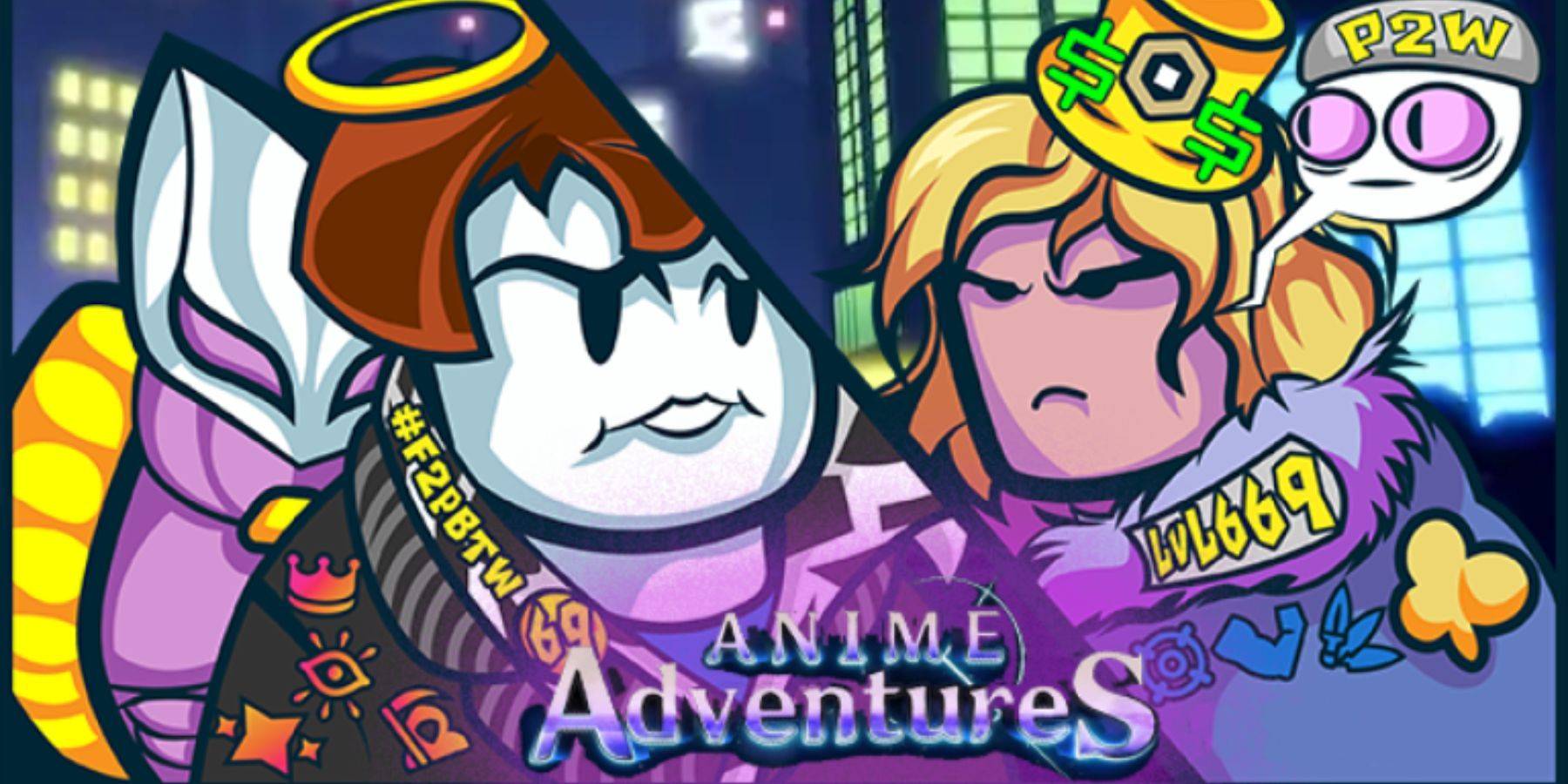Monster Hunter Wilds Interview: Meet Nu Udra, Apex of the Oilwell Basin – IGN First
Exploring Monster Hunter Wilds' Oilwell Basin: A Deep Dive into its Ecosystem and New Monsters
Monster Hunter Wilds introduces the Oilwell Basin, a unique locale drastically different from previous environments like the Windward Plains and Scarlet Forest. This fiery, oil-slicked landscape, described by director Yuya Tokuda, transforms dramatically depending on the in-game "Fallow," "Inclemency," and "Plenty" cycles. During the Fallow, it's a mud and oil-covered wasteland; Inclemency brings burning oilsilt; and Plenty reveals underlying minerals and artifacts.
The Oilwell Basin's verticality, a key design choice by executive director and art director Kaname Fujioka, distinguishes it further. The top strata receives sunlight, while lower levels become increasingly hotter, culminating in lava flows. This verticality influences the ecosystem, with creatures reminiscent of deep-sea or hydrothermal vent life inhabiting the lower strata, mirroring the design philosophy used in World's Coral Highlands.
Rompopolo: The Toxic Trickster
Rompopolo, a globular, toxic monster, was designed with a "mad scientist" aesthetic, featuring a chemical purple hue and glowing red eyes. Its design emphasizes trickery and the use of stored toxic gas, creating unpredictable encounters. Interestingly, the crafted equipment from Rompopolo is described as surprisingly cute.
Ajarakan: The Flaming Brawler
Ajarakan, a fiery gorilla-like monster, contrasts with Rompopolo's trickery through straightforward, powerful attacks. Its design emphasizes a top-heavy silhouette to heighten the sense of threat, incorporating flame-based attacks and wrestling-inspired grappling moves. The developers aimed for a monster with easily understood strengths, yet still visually striking.
Nu Udra: The Apex Predator
The Oilwell Basin's apex predator, Nu Udra (previously known as "Black Flame"), is a tentacled monster inspired by octopuses. Its design incorporates elements of demonic imagery, reflected in both its appearance and the accompanying music. Nu Udra's design was a long-held ambition for both Tokuda and Fujioka, drawing inspiration from previous tentacled monsters like Lagiacrus but pushing the boundaries of what was technically feasible. Its unique movement and flexible body presented significant animation challenges, resulting in impressive real-time interactions with the environment. Nu Udra's many tentacles, each with sensory organs, are all severable, impacting its attack patterns and providing strategic opportunities for hunters. Flash Bombs are ineffective against it due to its reliance on sensory organs rather than vision.
Gravios's Return
Gravios, a returning monster from Monster Hunter Generations Ultimate, perfectly fits the Oilwell Basin's environment. Its hard carapace and hot gas emissions provide a challenging encounter, requiring hunters to utilize the wound system and part breaking to overcome its defenses.
Other Monsters and Future Prospects
While Basarios's appearance is absent this time, the Oilwell Basin features many other monsters not detailed here. The careful consideration given to monster selection underscores the Monster Hunter team's dedication to creating meaningful and engaging encounters.
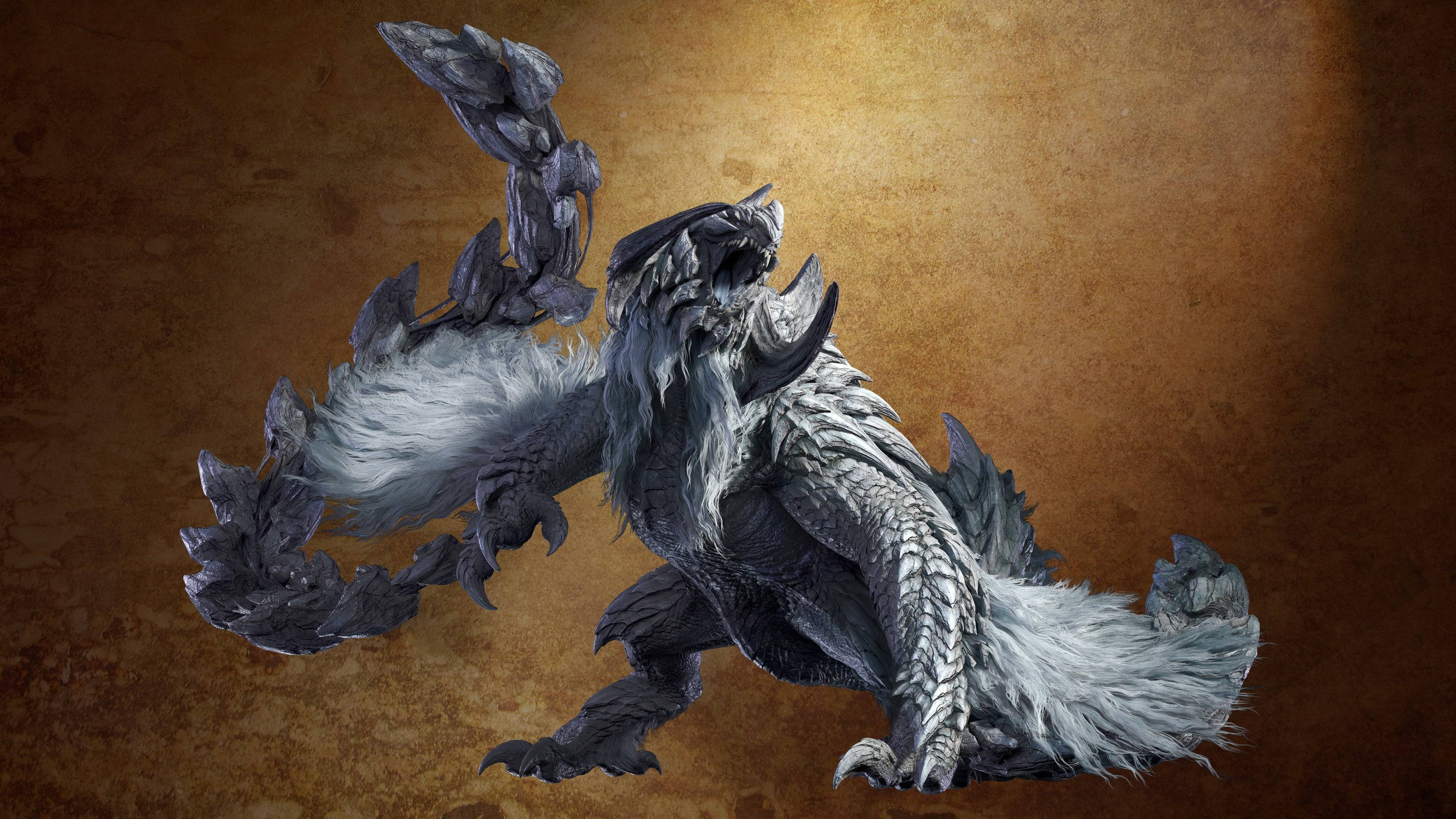
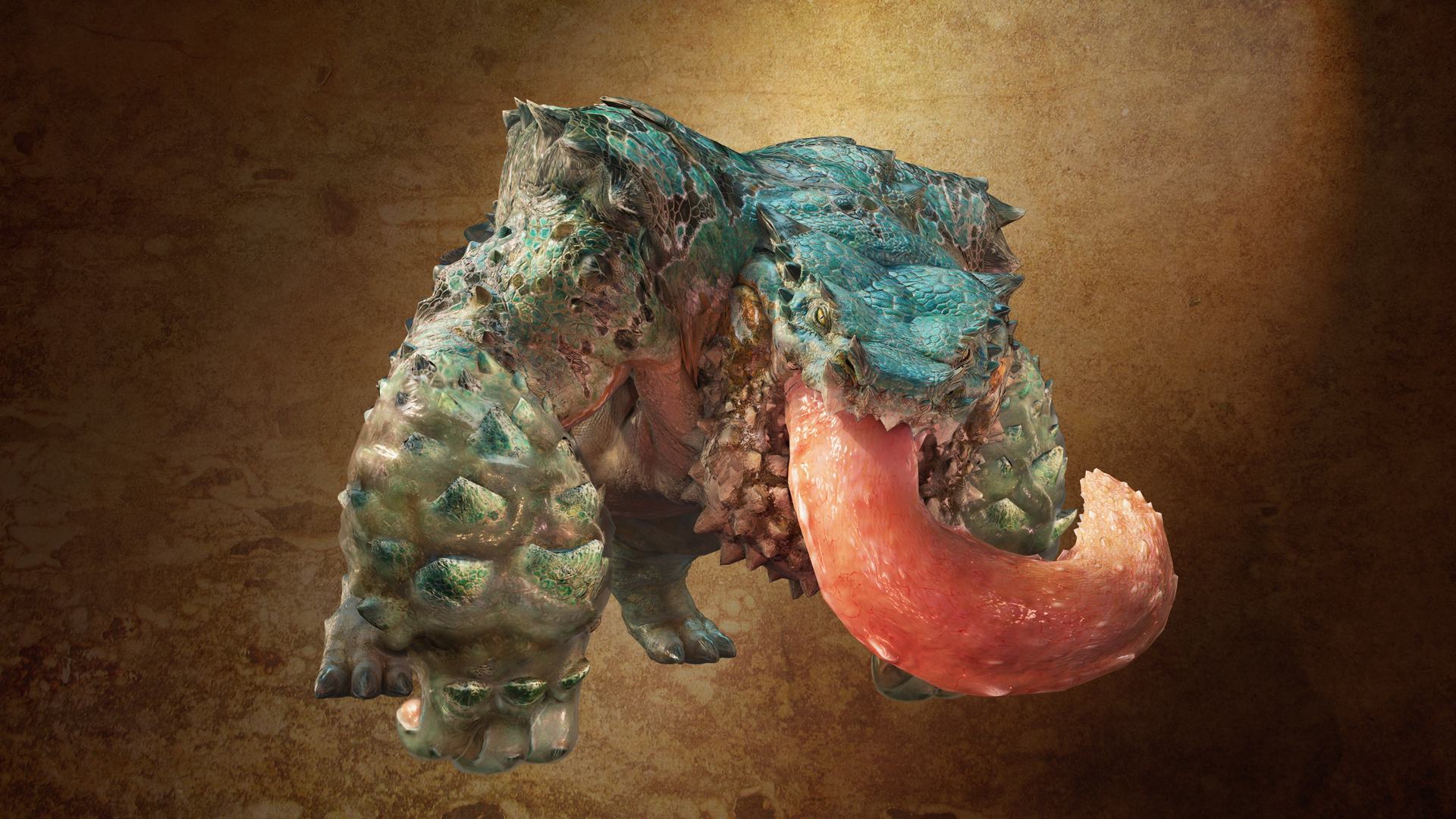
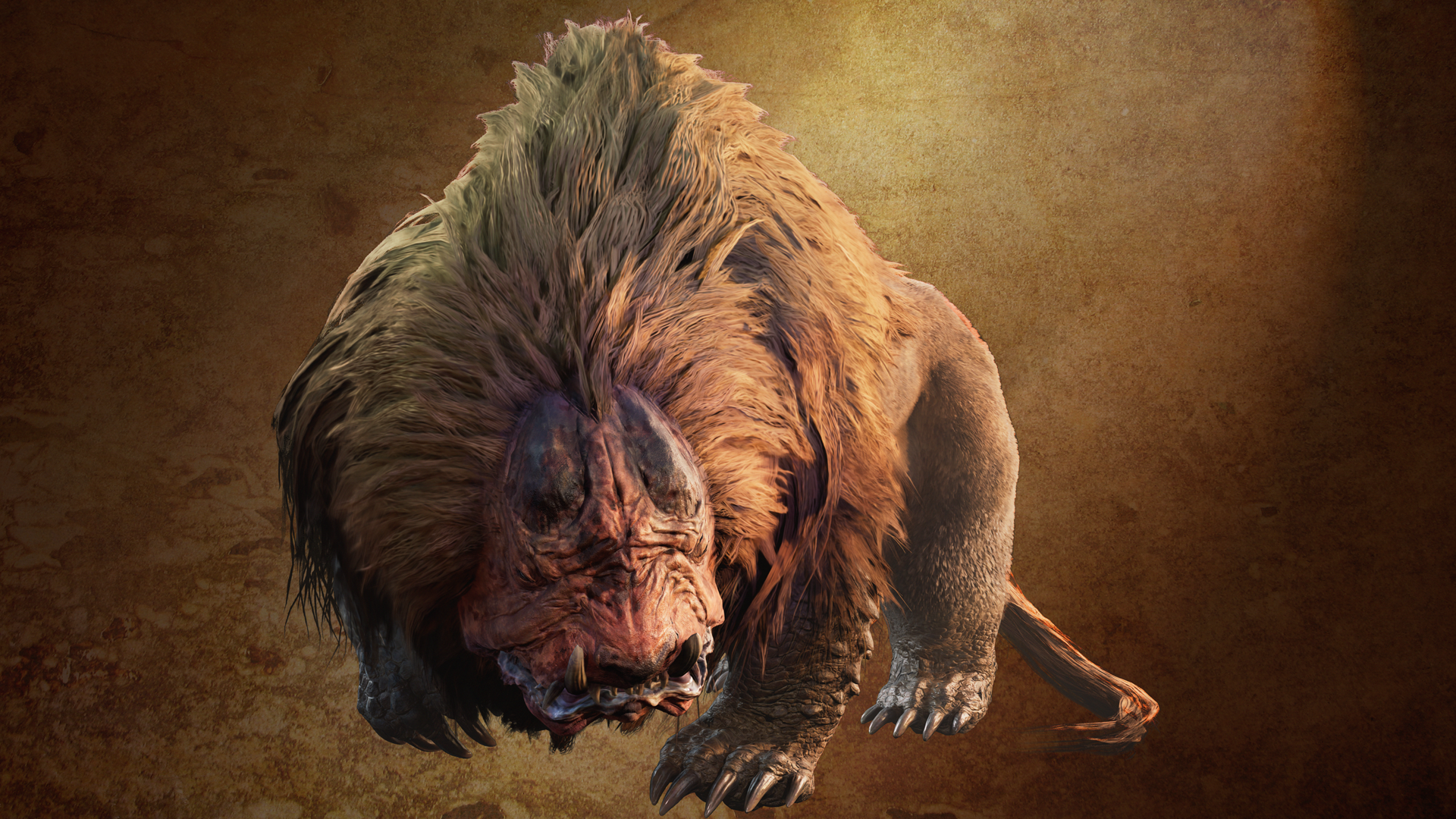
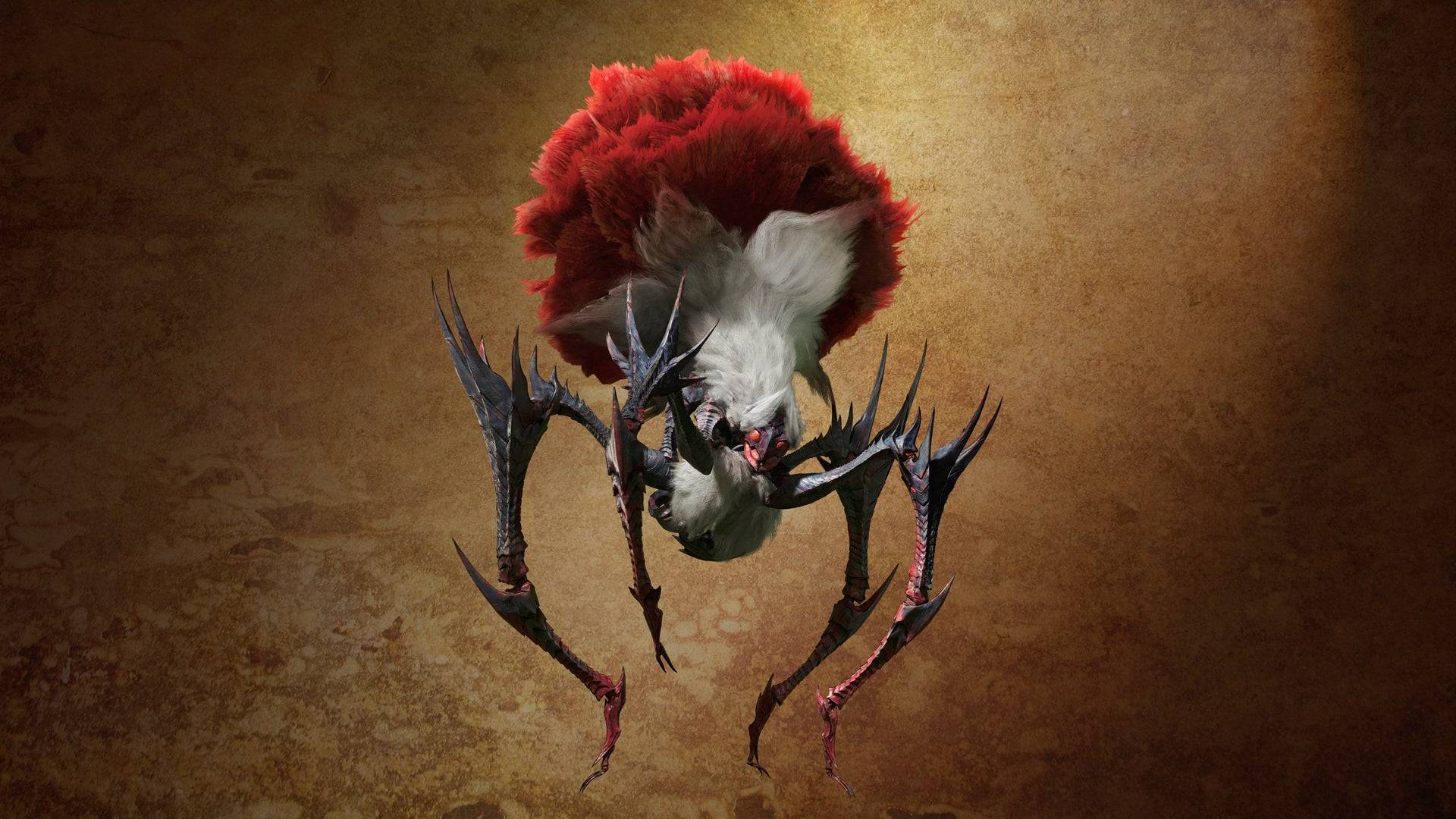
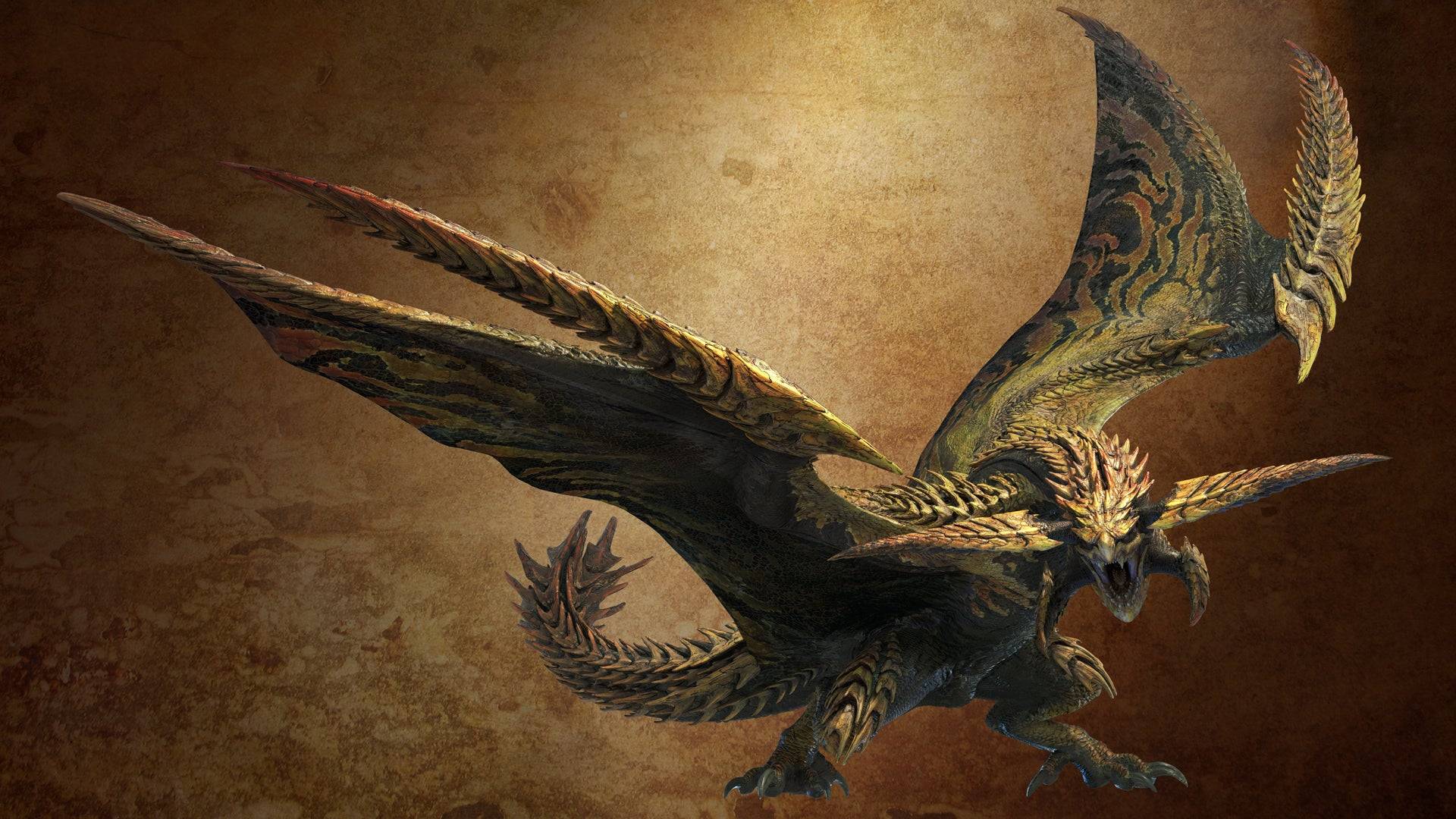

(Note: The image URLs are assumed to be valid and point to images related to the game. The model cannot display images directly.)
